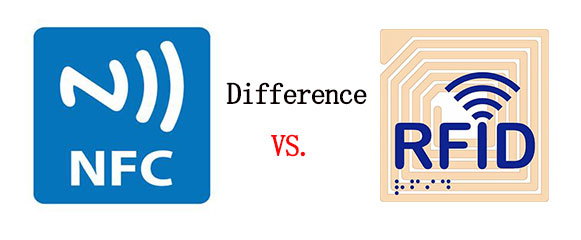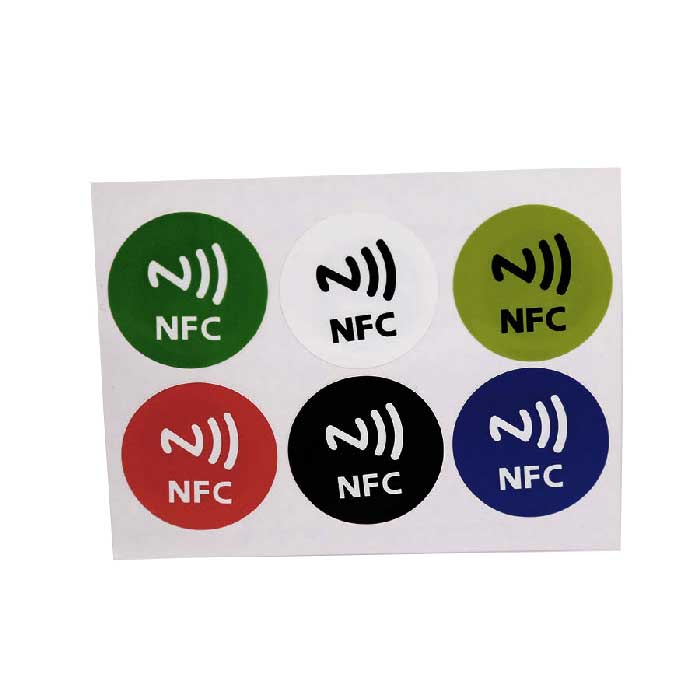NFC technology originated from RFID technology, but there are some differences compared with RFID. So what is the difference between NFC and RFID? Today, asiarfid takes you to understand what is NFC technology, what is RFID technology, and how they differ.
What is RFID?
Radio Frequency Identification (RFID) is a non-contact automatic identification technology. It automatically identifies target objects and acquires relevant data through radio frequency signals. It can work in various harsh environments without manual intervention. RFID technology can identify high-speed moving objects and multiple tags at the same time, which is fast and convenient to operate.
What is NFC?
NFC technology is derived from the "contactless radio frequency identification" (RFID) and interconnection technology between wireless devices, just like RFID. NFC information is also transmitted by electromagnetic induction coupling in the radio frequency part of the spectrum, but there is still a big difference between the two. First of all, NFC is a wireless connection technology that provides easy, secure and fast communication. Its transmission range is smaller than that of RFID. Such as NFC Cards. Secondly, NFC is compatible with the existing contactless smart card technology and has become a formal standard supported by more and more major manufacturers. Thirdly, NFC is also a close-range connection protocol, which provides easy, safe, fast and automatic communication between various devices. Compared with other connection modes in the wireless world, NFC is a close private communication mode.
The difference between NFC and RFID technology:
1. Working frequency: The working frequency of NFC is 13.56 MHz, while the working frequency of RFID is low frequency, high frequency (13.56 MHz) and ultra-high frequency.
2. Working distance: The working distance of NFC is theoretically 0-20 cm, but in the realization of the product, because of the special power suppression technology, the working distance of NFC is only 0-10 cm, so as to better guarantee the security of the business. Because RFID has different frequencies, its working distance varies from several centimeters to tens of meters.
3. Working mode: NFC supports both read-write mode and card mode. In RFID, card reader and contactless card are two independent entities, which can not be switched.
4. Point-to-point communication: NFC supports P2P mode and RFID does not support P2P mode.
5. Application areas: RFID is more used in production, logistics, tracking and asset management, while NFC works in access control, bus card, mobile payment and other fields.
6. Standard protocol: NFC's underlying communication protocol is compatible with the underlying communication standard of high frequency RFID, that is, ISO14443/ISO15693. NFC technology also defines relatively complete upper protocol, such as LLCP, NDEF and RTD.
Both NFC and RFID are non-contact transmission modes. They have different technical characteristics and can be used for different purposes. There is no difference in their technology.
If you want to know more about RFID products and NFC products, please feel free to contact us.
Mailbox: marketing@asiarfid.com
Phone: +86-755-26979016


